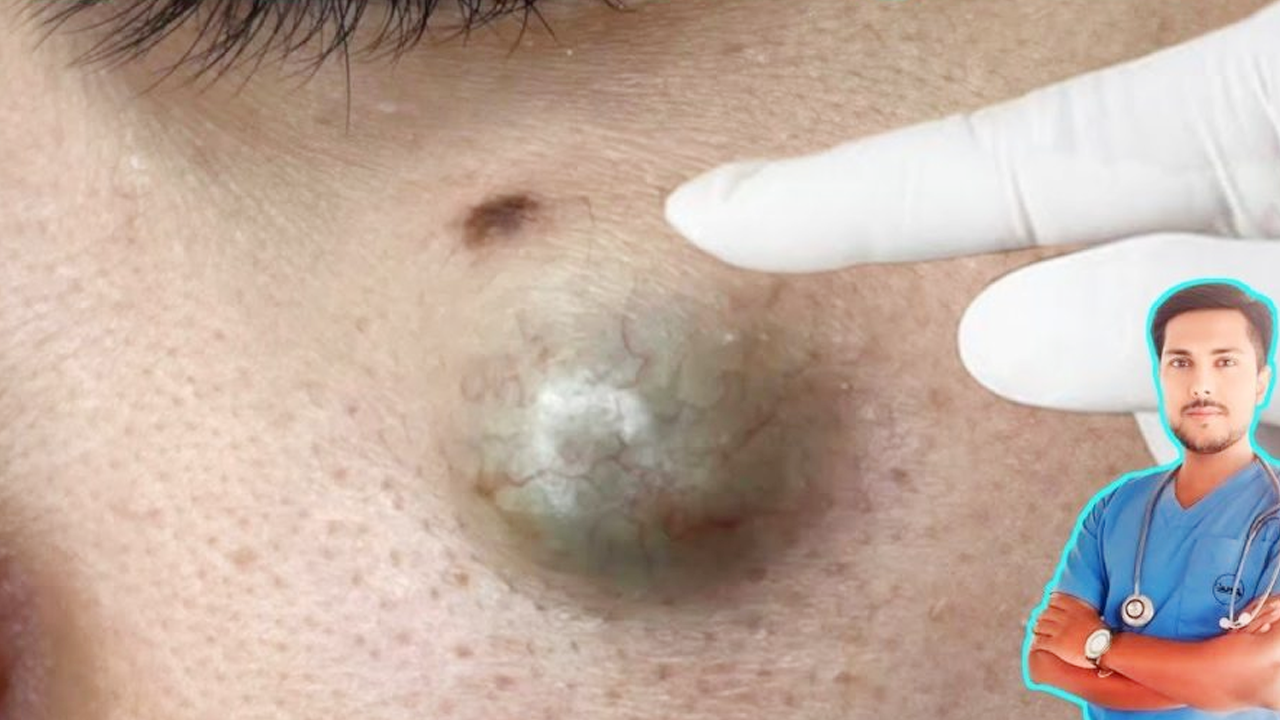Navigating the Treatment of Large Abscesses: A Comprehensive Guide
Dealing with a large abscess can be alarming, but understanding the treatment process can alleviate anxiety. This guide offers a detailed look at the management of large abscesses, from initial assessment to post-procedure care. Remember, seeking professional medical help is crucial, especially for deep or severely infected abscesses.
1. The Urgent Need for Medical Intervention
Why You Shouldn’t Attempt Home Treatment
Attempting to drain a large abscess at home is incredibly risky. Squeezing, puncturing, or otherwise manipulating the abscess without sterile techniques can lead to serious complications, including the spread of infection to other areas of the body (sepsis), worsening of the infection, and potentially life-threatening consequences. Signs such as fever, spreading redness, or feeling generally unwell (systemic illness) demand immediate medical attention. Don’t delay; seeking professional help is paramount.
2. Standard Medical Approach to Large Abscesses: A Step-by-Step Explanation
A. Thorough Assessment: The First Crucial Step
Your healthcare provider will begin with a comprehensive evaluation. This involves a physical examination, noting symptoms like redness, swelling, warmth, and fluctuance (a feeling of fluid beneath the skin). For deeper abscesses located in areas like the abdomen, breast, or rectum, imaging techniques such as ultrasound or CT scans are employed to precisely determine the abscess’s size, location, and any internal compartments (loculations).
B. Incision and Drainage (I&D): The Cornerstone of Treatment
Incision and drainage (I&D) remains the gold standard for treating large abscesses. This procedure, performed under local or general anesthesia depending on the location and size of the abscess, involves:
- Precise Incision: A sterile incision is made at the point of greatest swelling using a scalpel.
- Complete Drainage: The pus is allowed to drain freely, ensuring complete evacuation.
- Thorough Irrigation: The abscess cavity is carefully irrigated with sterile saline solution to remove remaining debris and bacteria.
- Potential Packing: For deeper abscesses, sterile gauze packing may be used to keep the cavity open, promoting continued drainage and preventing premature closure. This packing will need to be changed regularly.
C. Strategic Use of Antibiotics: When Are They Necessary?
While I&D is often sufficient, antibiotics are frequently prescribed for larger abscesses, particularly in situations where:
- Systemic Infection: The patient exhibits fever or general malaise.
- Compromised Immunity: The individual has conditions like diabetes or is on immunosuppressive medications.
- High-Risk Location: The abscess is located in a sensitive area, such as the face or groin.
- Recurrent Infections: Multiple abscesses or recurring infections are present.
Commonly used antibiotics include clindamycin, trimethoprim-sulfamethoxazole (Bactrim), amoxicillin-clavulanate, and doxycycline, often chosen to cover the possibility of methicillin-resistant Staphylococcus aureus (MRSA).
D. Post-Procedure Care: Essential Steps for Healing
Post-procedure care is critical for preventing complications and promoting healing. This includes:
- Regular Wound Care: Daily dressing changes are typically necessary, especially if packing is used.
- Monitoring for Recurrence: Regular check-ups are essential to monitor for signs of infection recurrence, such as increased swelling, redness, or pain.
- Follow-up Appointments: Follow-up appointments are scheduled to assess healing progress and remove the packing once the drainage has subsided. This ensures complete healing and reduces the risk of further complications.
3. Special Considerations for Specific Abscess Locations
Certain abscess locations pose unique challenges:
- Perianal Abscesses: These can lead to fistula formation (abnormal connections between organs) and may necessitate surgical intervention.
- Facial Abscesses: Their proximity to crucial structures like blood vessels requires meticulous management to avoid serious complications like blood clots (septic phlebitis).
Individuals with weakened immune systems may present with atypical symptoms and require more aggressive treatment and closer monitoring.
4. Conclusion: Prioritize Professional Care
The treatment of large abscesses necessitates professional medical intervention. Delaying treatment can result in serious complications. This guide provides an overview; always consult a healthcare professional for diagnosis and treatment. Remember, early intervention is crucial for optimal outcomes.



